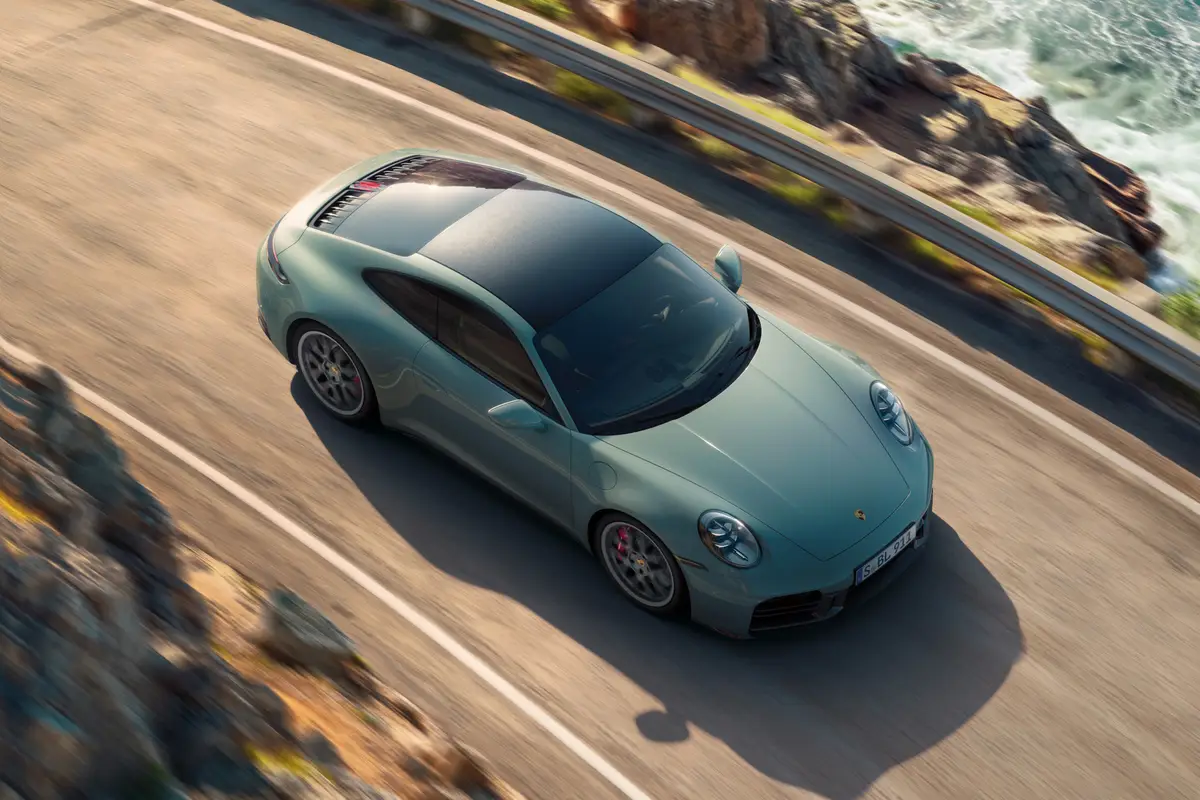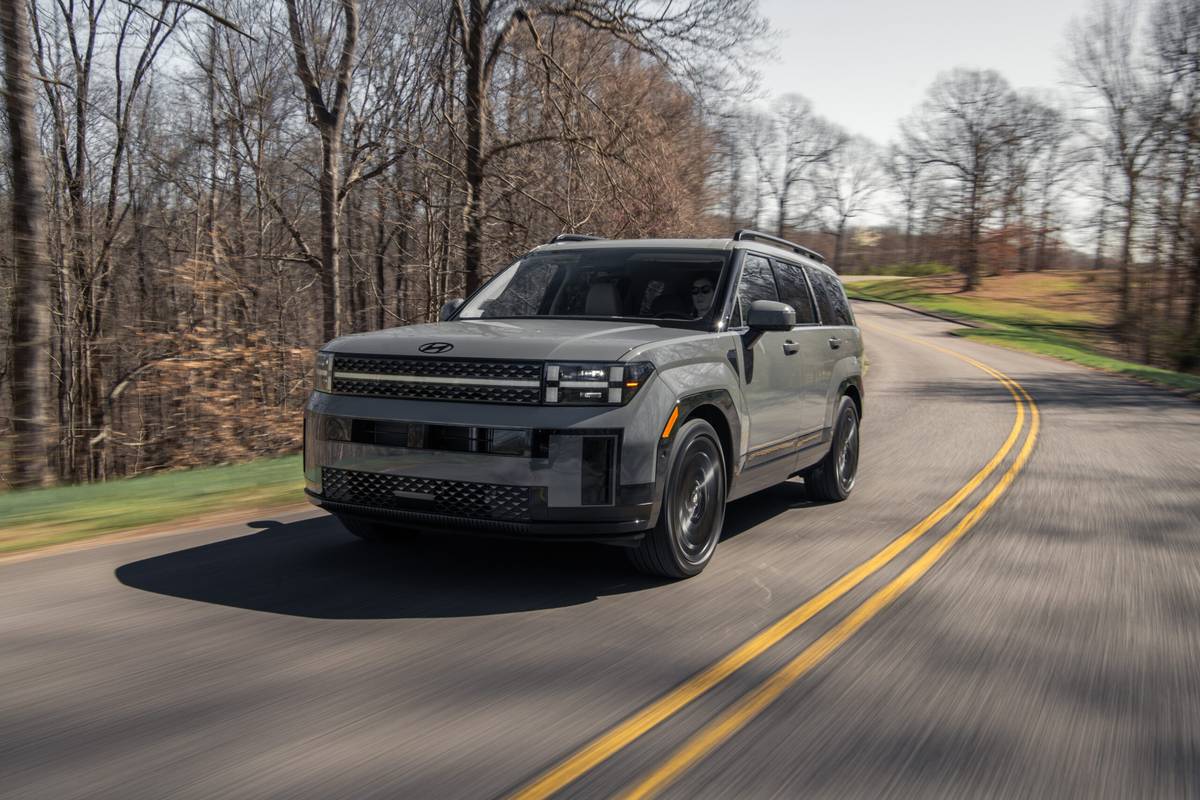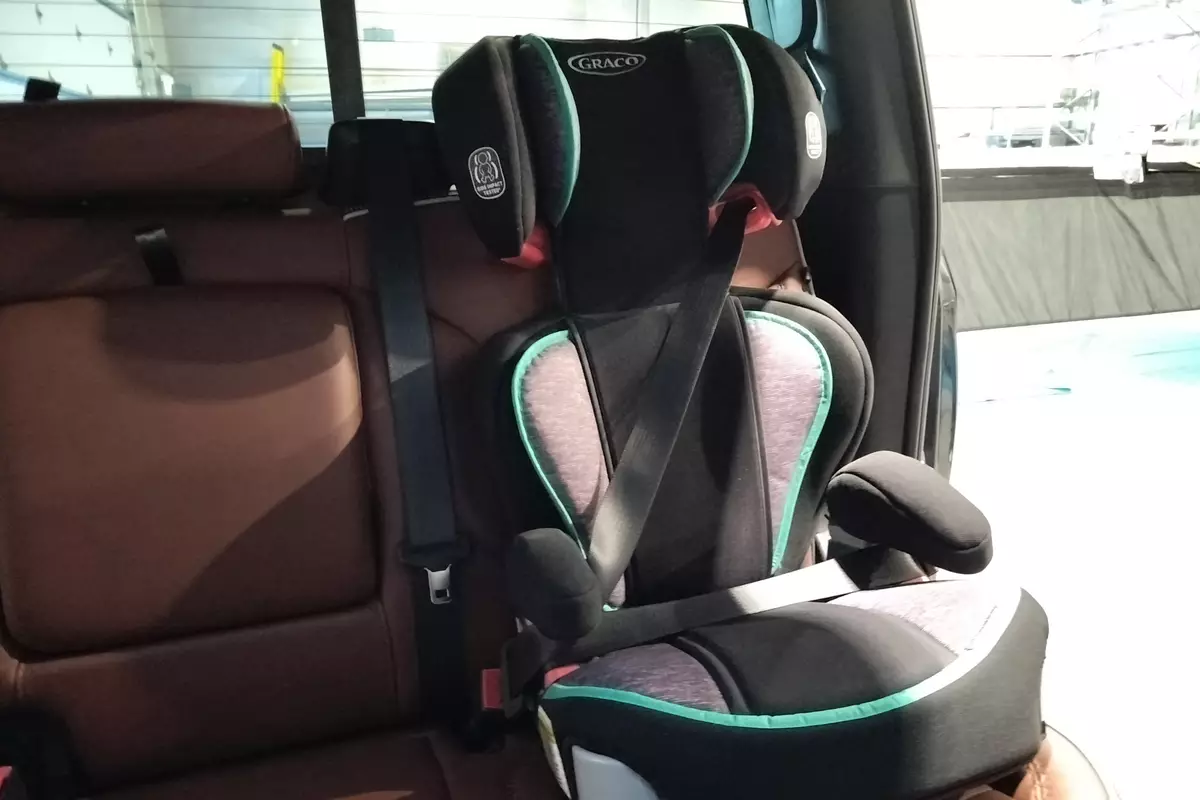Orlando Sentinel's view
For years, Subaru has been what you might call an also-ran. Rarely were the company’s vehicles on top of anyone’s shopping list. But Subaru hasn’t built badly designed or poorly assembled cars and trucks.
Subaru’s second-tier status probably has more to do with the fact that it is basically a small company with a small network of dealers and a small advertising budget, when compared with Honda, Toyota, Nissan and other importers.
Subaru’s U.S. arm – founded in 1968 by former Orlando resident and Boone High School graduate Malcolm Bricklin – really hasn’t had a high-octane marketing program that consistently and constantly put its products in front of your face via TV and magazine ads.
Who knows if that will ever change. But two things that have been reworked recently are Subaru’s vehicles and its marketing strategy. Nowadays Subaru equals all-wheel drive; every vehicle in the Subaru line is available with all-wheel drive. That’s the automaker’s answer to the fact that all-wheel-drive, off-road vehicles are the hottest things on wheels these days.
But Subaru has opted not to follow the crowd with a traditional, truck-based sport-utility vehicle. Instead, it offers the Outback Wagon, this week’s test vehicle.
If you like the idea of a vehicle that is as easy to drive off the road as on, but you’d rather not own a truck, then you may wish to give the Outback a few kicks in the tires.
It is a very civilized vehicle capable of comfortably conveying you to your destination over a variety of bad terrain.
And it just may be the best-built Subaru ever.
PERFORMANCE
You can buy the Outback Wagon with a 2.2-liter, 135-horsepower four-cylinder engine. Or for $400 more, you can opt for a 2.5-liter, 155-horsepower power plant. Both engines have an unusual configuration: They are opposed, rather than in-line. That means that if you look down on the engine, you’ll see two cylinders on the right and two on the left.
Unlike a V-shaped engine, the Subaru’s cylinders are directly opposite each other. The advantage is less vibration, a lower center of gravity and less internal friction loss, said Subaru spokesman Alex Fedorak in New Jersey.
A four-speed automatic is the only transmission available. All-wheel drive is standard on the Outback.
Our test vehicle came with the optional engine, which ran quietly, delivered good all-round performance and turned in respectable fuel economy.
Subaru’s engineers have tuned the 2.5-liter to be responsive at low speeds. I was surprised by how quickly the Outback accelerated from stoplights. Also, I discovered the Outback can pass most slower-moving traffic without much fuss. On the highway, Outback cruises quietly.
The four-speed automatic rates excellently in the smoothness of its shifts. All-wheel drive is engaged permanently, so there are no shifters or buttons with which to fiddle.
Our test vehicle delivered 23 miles per ga llon in the city and 29 on the highway. Because I tested the Outback during a prolonged cold snap, I didn’t use the air conditioner. Performance and mileage likely would decrease slightly with the air conditioner running.
HANDLING
Subaru has designed a very quiet-riding, easy-to-handle vehicle that is a pleasure to drive.
I’ve always thought of Subaru’s vehicles as being tinny. To me they always felt a little light, maybe even a bit flimsy. But the Outback feels solid, sturdy and tightly bolted together.
I heard no squeaks or rattles, even when driving the Outback over bumpy dirt roads. That usually means a vehicle’s body is stiff and nearly flex-free.
The Outback is outfitted with a four-wheel independent suspension system made up of MacPherson struts, coil springs and anti-roll bars. The system’s bushings are liquid-filled to soften vibration and harshness.
Although the Outback doesn’t convey a rugged, rock-crunching feel like a Land Rover you can have confidence in it when you take it off the road. The suspension system is firm, but not so harsh that it bruises your back. I piloted our test vehicle over a particularly nasty stretch of rural dirt roads in Lake Mary and found that it was very easy to control in most situations. Only in very thick sand did the steering become vague, but that could happen in many vehicles.
At first the power-assisted, rack-and-pinion steering feels a bit wooden. But you get used to the steering and even come to appreciate it. The Outback responds quickly but predictably when the wheel is turned. The tires are massive for a compact wagon. They are fat, 15-inch Michelins. Also, the four-wheel anti-lock disc brakes provide ample stopping power.
FIT AND FINISH
Subaru may be a second-tier brand, but our test Outback is a first-rate vehicle.
The heavy-duty seat fabric and carpet were thick and attractive, and the door panels were made of sturdy materials. The switches for the lights, windshield wipers (front and rear) and windows had firm detents and were designed to be easy to operate. You don’t have to take your eyes off the road for more than a second or two to make an adjustment.
As far as wagons go, the Outback doesn’t offer much in the way of special or unique features. Interior room is what sets it apart from most other wagons in its class.
The roof is raised slightly to give the Outback more head room and a taller, more brawny stance. Room, by the way, is ample for front and rear passengers.
The firm front bucket seats are very comfortable. The 60-40 split rear seats fold forward easily and quickly. All you do is lift a knob and push them forward.
A large rubber mat protects the rear carpet when you are hauling such things as grimy mountain bikes.
Our red test vehicle came with a very smooth paint job. The large front bumper- with its big, round, built-in fog lights – adds to the Outback’s beefy look.
The list of standard equipment is long – alloy wheels, raised white-letter tires, air conditioning, power windows, door locks, and mirrors, cruise control, AM/FM cassette and a roof rack.
In a week of driving, I found the Outback to be enjoyable to drive and well-built.
Truett’s tip: The well-built Outback Wagon is a sturdy, fun-to-drive machine. If you don’t want a sport-utility vehicle, this may be the next best thing.
Latest news



